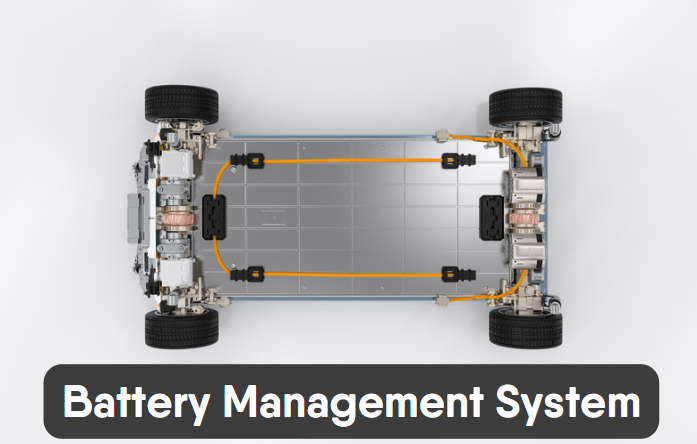Menu
Menu


Updated on Feb 2, 2024 | 6 min read
A Battery Management System or BMS in electric vehicles monitors and controls the battery pack’s operation, ensuring safety and optimising performance by managing parameters like cell voltages, temperatures, and charging processes.
In this blog, we will understand the Importance and need of BMS in Electric vehicles, the Functions of Battery Management Systems, their types and related terms.
Connect with 1C for expert advice on EV chargers
In electric vehicle applications, rechargeable batteries power auxiliary systems and motors. Lithium-ion batteries are favoured for their high efficiency, low self-discharge rate, wide operating range, high energy density, and long life cycle. To ensure battery quality and safe operation, a Battery Management System (BMS) is used. The BMS oversees various aspects of the battery, such as monitoring cell conditions, balancing cell voltages, managing temperature, and optimising charging and discharging processes. It plays a crucial role in maintaining the health and performance of the battery pack, enhancing safety, and maximising the efficiency of electric mobility.
Battery Management System plays an importance in the electric vehicle in the following ways:
Connect with 1C for expert advice on EV chargers
The primary role of a BMS is to meet safety standards, but it also aims to optimise battery cell usage and extend its lifespan. Basic requirements for a BMS include:
There are two types of Battery Management Systems, namely Centralized BMS and Distributed BMS. A centralised BMS employs a single control unit overseeing all cells, offering cost-effectiveness but posing a risk of total system failure if the control unit malfunctions. In contrast, a distributed BMS enhances system resilience by using multiple control units, albeit with increased complexities and costs. Automotive brands make choices based on their specific needs, with cost favouring centralised BMS and reliability favouring distributed BMS.
These are indicators used to assess the condition and performance of a battery. They include metrics such as state of charge, state of health, and state of function.
SoC refers to the amount of charge remaining in a battery compared to its full capacity. It is typically expressed as a percentage, with 100% indicating a fully charged battery and 0% indicating a fully depleted one.
SoH represents the overall condition or health of a battery. It reflects the battery’s ability to deliver its rated capacity compared to when it was new. SoH can degrade over time due to factors such as ageing, usage patterns, and operating conditions.
SoF describes the operational capability of a battery at a given moment. It considers factors such as internal resistance, temperature, and voltage characteristics to assess the battery’s ability to provide power efficiently.
Charge acceptance refers to the battery’s ability to absorb and store energy during the charging process. It indicates how effectively the battery can convert incoming electrical energy into chemical energy for storage, reflecting its charging efficiency and performance.
The Battery Management System is an integral component of electric vehicles, ensuring the safety, efficiency, and longevity of the battery pack. By monitoring and managing various parameters such as cell voltages, temperatures, and charging processes, the BMS plays a crucial role in optimising performance and maintaining regulatory compliance. With its ability to enhance safety, extend battery life, and increase energy usage, the BMS continues to be a key technology driving the advancement of electric mobility.
© 2024 Massive Mobility Private Limited. All rights Reserved